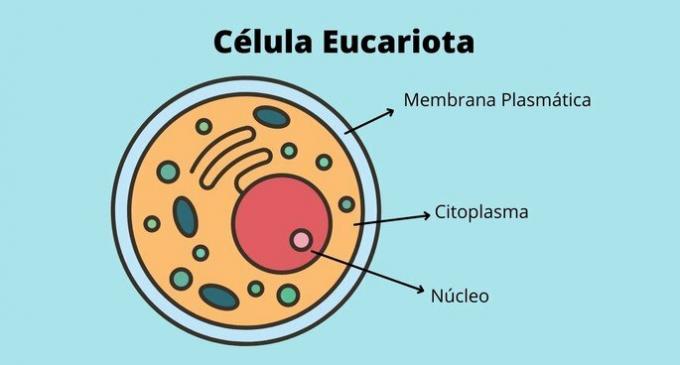Our organism has a dynamic that in part resembles a machine. However, unlike machines, our body has the ability to recycle itself. So, make sure your body is not the same as it was a year ago, and it won't be the same next year!
This relationship of constant renewal and its organic implications can be considered the main factor for what we recognize as life!
Every living being spends energy at all times to maintain the various activities performed by the organism. Our cells are continually exchanging their atoms and molecular components. A large part of cellular substances is degraded so that new ones can be synthesized. This intense activity of building and deconstructing substances is done using energy obtained through the degradation of organic nutrients. This bodily dynamic that takes place inside each cell constitutes metabolism, which in Greek means change.
This metabolic action can be divided into two parts:
The production of new substances from other, simpler substances, such as protein synthesis, formed by amino acids and the reactions that lead to energy storage, is known as anabolism. An example of this anabolic process lies in the synthesis of proteins within muscle tissue from the amino acids, and in the formation of glycogen stores through the assembly of molecules of glucose.
Anabolism needs, in its construction process, an offer of energy and substrates (smaller molecules) adequate to the speed of its reactions. Thus, anabolism would be the process responsible for the growth, regeneration and maintenance of the various tissues and organs present in the body.
Do not stop now... There's more after the advertising ;)
The process of degradation of complex substances into simpler ones, such as the breakdown of the glucose molecule and its transformation into energy, water and carbon gas, is known as catabolism. The digestive process is an example of catabolism, as it transforms macronutrients present in food into absorbable micronutrients. Catabolism also occurs when the body is without enough energy and seeks the destruction of their own tissues and reserves, the release of amino acids and glucose that will be converted into energy.
Metabolism is regulated by the hormonal system, and the main catabolic hormones are the adrenocorticotropin (ACTH) which causes the secretion of glucocorticoid hormones, among which is the cortisol. The main anabolic hormones are growth hormone (GH), testosterone and insulin.
Worth a tip: The danger of certain fast diets is that the person doesn't just lose fat, he loses muscle mass and, losing muscle mass, he alters his metabolism, getting the accordion effect. For correct weight loss, there is a need for a decrease in caloric intake and an increase in physical activity. After some time, the organism gets used to this new reality, requiring less energy for its vital functions, and thus, naturally, the metabolism stabilizes.
Fabricio Alves Ferreira
Graduated in Biology
Brazil School Team
Would you like to reference this text in a school or academic work? Look:
FERREIRA, Fabricio Alves. "Metabolism"; Brazil School. Available in: https://brasilescola.uol.com.br/biologia/o-metabolismo.htm. Accessed on June 27, 2021.


